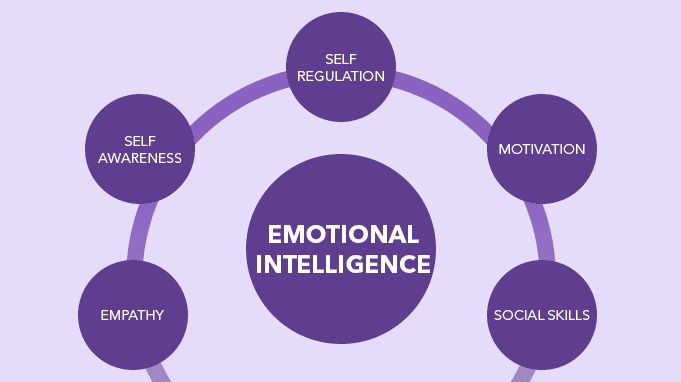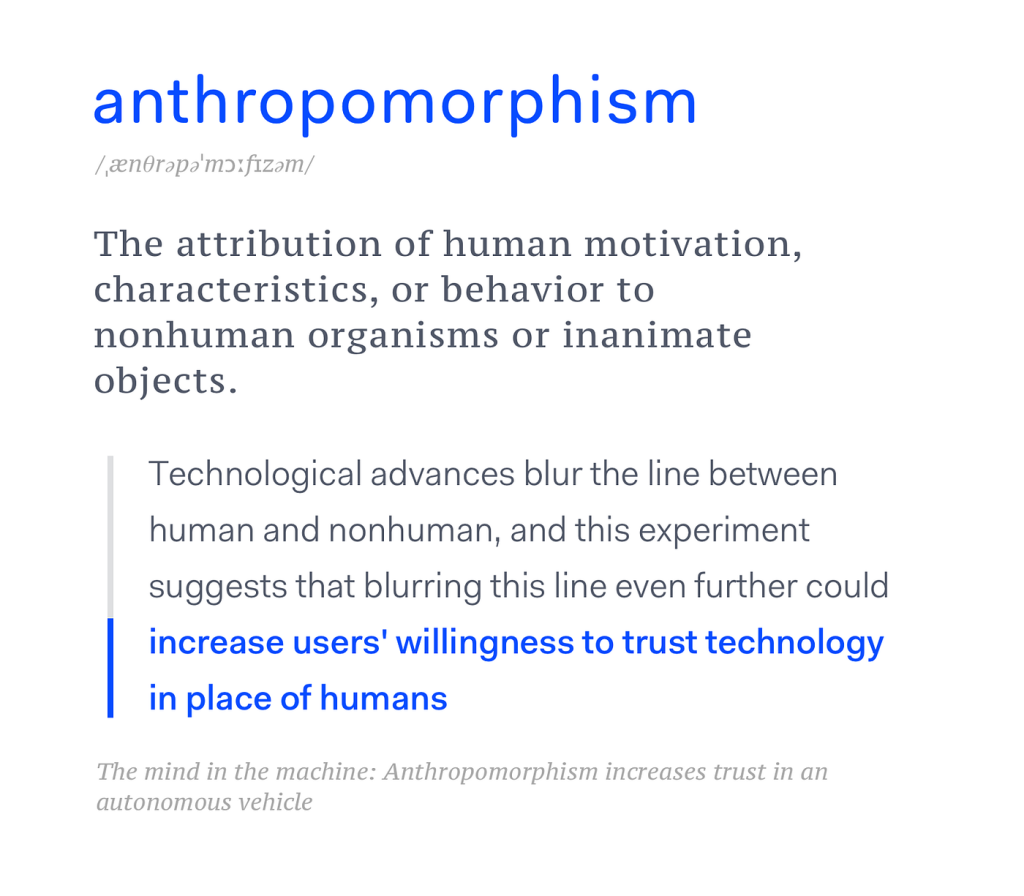Introduction
As digital experiences become more personalized and intuitive, the next frontier in user interface (UI) and user experience (UX) design is emotional intelligence. Emotionally aware interfaces—powered by sentiment AI—can detect, interpret, and respond to users’ emotional states in real time. This evolution marks a shift from reactive design to empathetic design, where interfaces adapt not just to user behavior, but to user feelings. Let’s see Emotionally Aware Interfaces with Sentiment AI.
In this blog, we’ll explore what emotionally aware interfaces are, how sentiment AI works, why it matters, and how developers and designers can build emotionally intelligent digital products that foster trust, engagement, and well-being.
What Are Emotionally Aware Interfaces?
Emotionally aware interfaces are digital environments that can sense and respond to human emotions. These interfaces use sentiment analysis, facial recognition, voice tone detection, and behavioral cues to understand how users feel—and adjust accordingly.
Examples:
- A chatbot that detects frustration and offers to escalate to a human agent.
- A learning app that slows down content delivery when it senses confusion.
- A wellness app that offers calming visuals or music when stress is detected.
How Sentiment AI Works
Sentiment AI refers to artificial intelligence systems that analyze emotional cues from various inputs:
🧠 Text Analysis
- Natural Language Processing (NLP) detects sentiment in written messages, reviews, or chats.
- Classifies emotions (e.g., happy, angry, sad, confused) based on word choice, punctuation, and syntax.
🎙️ Voice Analysis
- AI analyzes tone, pitch, speed, and pauses to infer emotional states.
- Common in virtual assistants and customer service bots.
🎥 Facial Recognition
- Computer vision detects facial expressions and micro-expressions.
- Used in video conferencing, gaming, and mental health apps.
🖱️ Behavioral Cues
- Tracks user interaction patterns—clicks, scroll speed, hesitation—to infer mood or engagement.
Benefits of Emotionally Aware Interfaces
✅ Enhanced User Engagement
Responding to emotions creates a more personalized and satisfying experience.
✅ Improved Customer Support
Detecting frustration or confusion allows for timely intervention and resolution.
✅ Mental Health Support
Apps can offer empathy, encouragement, or resources based on emotional cues.
✅ Adaptive Learning
Educational platforms can adjust difficulty or pacing based on learner emotions.
✅ Brand Loyalty
Empathetic interfaces build trust and emotional connection with users.

Design Principles for Emotionally Aware Interfaces
1. Empathy First
Design with compassion. Consider how users might feel at each interaction point.
2. Transparency
Let users know when and how their emotions are being interpreted.
3. Consent and Control
Allow users to opt in or out of emotion tracking features.
4. Contextual Responsiveness
Don’t overreact to single cues—use patterns and context to guide responses.
5. Non-Intrusive Adaptation
Subtle changes (e.g., tone, visuals, pacing) are more effective than dramatic shifts.
Use Cases Across Industries
🛍️ E-Commerce
- Detect hesitation during checkout and offer reassurance or incentives.
- Personalize product recommendations based on mood.
🧠 Education
- Adjust teaching style based on learner frustration or boredom.
- Offer encouragement when students feel overwhelmed.
🏥 Healthcare
- Monitor patient emotions during telehealth sessions.
- Provide mental health resources based on sentiment analysis.
🎮 Gaming
- Adapt game difficulty or narrative based on player emotions.
- Create immersive, emotionally responsive storylines.
📞 Customer Service
- Escalate calls when anger or confusion is detected.
- Train agents using emotion-aware feedback tools.

Tools and Technologies
- IBM Watson Tone Analyzer – NLP-based sentiment detection.
- Microsoft Azure Emotion API – Facial expression analysis.
- Google Cloud Natural Language – Text sentiment analysis.
- Affectiva – Emotion recognition from facial and voice data.
- Replika AI – Emotionally responsive chatbot for mental wellness.
Challenges and Ethical Considerations
⚠️ Privacy Concerns
Emotion detection involves sensitive data. Transparency and consent are essential.
⚠️ Bias in AI Models
Emotion recognition can be biased across cultures, genders, and languages.
⚠️ Over-Interpretation
Misreading emotions can lead to inappropriate or frustrating responses.
⚠️ Emotional Manipulation
Designs must avoid exploiting emotions for engagement or sales.

Best Practices for Implementation
✅ Start with Text-Based Sentiment
Begin with chat or feedback analysis before adding voice or facial recognition.
✅ Use Emotion as a Signal, Not a Command
Don’t let emotion override user intent—use it to enhance, not control.
✅ Design for Emotional Range
Support multiple emotional states, not just positive or negative.
✅ Test with Diverse Users
Ensure emotional detection works across demographics and contexts.
✅ Provide Opt-Out Options
Respect user autonomy and privacy preferences.
Future of Emotionally Aware Interfaces
1. Multimodal Emotion Detection
Combining text, voice, and facial cues for more accurate sentiment analysis.
2. Emotionally Adaptive UIs
Interfaces that change layout, color, or content based on user mood.
3. Emotion-Aware Virtual Reality
VR environments that respond to user emotions in real time.
4. Emotion-Driven Personalization Engines
AI that tailors entire experiences—from content to tone—based on emotional history.
5. Ethical Emotion AI Frameworks
Industry standards for responsible emotion detection and response.
Conclusion
Emotionally aware interfaces represent a powerful evolution in UX design—one that prioritizes empathy, responsiveness, and human connection. Powered by sentiment AI, these interfaces can transform how users interact with technology, making digital experiences more intuitive, supportive, and meaningful.
As we move into a future where emotion and intelligence converge, designers and developers must embrace this shift with care, creativity, and ethical responsibility. Because the most powerful interface isn’t just smart—it’s emotionally intelligent.





